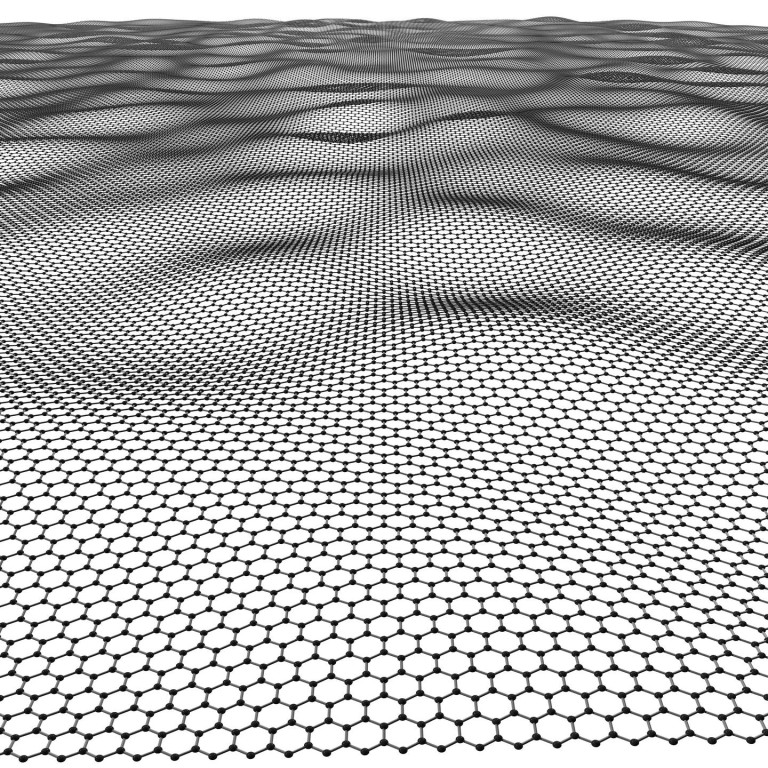
‘Wonder material’ graphene made in kitchen blender with detergent
Kids, do not try this at home: scientists have found that they can create high-quality sheets of super-strong graphene using a kitchen blender and ordinary dishwasher detergent.
Kids, do not try this at home: scientists have found that they can create high-quality sheets of super-strong graphene using a kitchen blender and ordinary dishwasher detergent.

Graphene is a two-dimensional lattice of hexagons made up of graphite, the most stable form of carbon under standard conditions. The carbon atoms join to create single-layer, crystalline sheets with extraordinary properties.
It is strong but light, conducts both heat and electricity extremely well and is nearly transparent in its purest form. It is a "wonder material", according to the American Physical Society, "a million times thinner than paper, stronger than diamond, more conductive than copper".
Graphene does occur naturally; the lead in a typical graphite pencil is made up of slippery layers of flat graphene sheets. But making the ultra-pure graphene necessary for future applications has previously been very difficult, particularly if you are trying to suspend the graphene flakes in a liquid - which would be useful to develop spray-on smart coatings.
Essentially, researchers were limited to creating high-quality graphene in small amounts, or lower-quality graphene in larger amounts, but not large amounts of high-quality material.
"The commercial development of graphene and related two-dimensional materials is at present restrained by the lack of production techniques ready for industrial scale-up," James Tour of Rice University in Houston wrote in a commentary on the study.
A team of scientists led out of Trinity College Dublin in Ireland came up with a way to take graphite powder, dump it in a laboratory blender with a surfactant mixture and create pure sheets of graphene at far larger quantities than previous methods, the scientists said. In the future, with scaled-up processes, the production rate could easily be hundreds of times higher than many current outfits.
To test exactly how robust their method was, the scientists also tried the method using a Kenwood kitchen blender and Fairy brand dishwashing fluid and the process still worked.
"This clearly shows that even very crude mixers can produce well-exfoliated graphene," study co-author Jonathan Coleman of Trinity College Dublin and his colleagues wrote in the paper.
Tour, who was not involved in the paper, called the work "a hands-on guide for chemical and materials engineers practitioners to make assessments of cost and efficacy".
The findings are a significant step towards being able to mass produce high-quality graphene, the authors said, which could help spur the development of graphene-related technology.
"In the next decade, graphene will find commercial applications in many areas, from high-frequency electronics to smart coatings," the authors wrote. "Some important classes of applications … will require industrial-scale production of defect-free graphene in a processable form."
